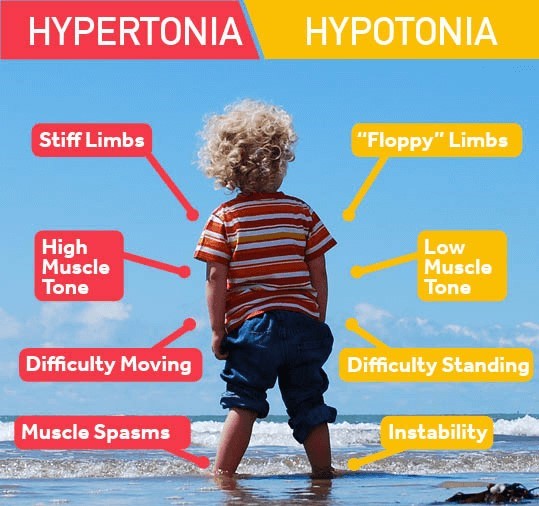A nurse in a long-term care facility is delegating care for a group of clients for the oncoming shift. Which of the following tasks should the nurse delegate to an assistive personnel? (select all that apply)
Transfer a client who is receiving radiation therapy to radiology.
Measure vital signs for a client who requires contact precautions.
Record urine output for a client who has a suprapubic catheter.
Plan care for a client who has dysphagia.
Correct Answer : B,C
The correct answers are B and C.
Choice A Reason: Transferring a client who is receiving radiation therapy involves understanding the precautions and care associated with radiation, which may be beyond the training of assistive personnel (AP). Radiation therapy clients may have specific safety and transport protocols that require the expertise of licensed nursing staff.
Choice B Reason: Measuring vital signs for a client who requires contact precautions is a task that can be delegated to AP. Assistive personnel can be trained in infection control procedures and the use of personal protective equipment (PPE), making them capable of measuring vital signs while adhering to contact precautions.
Choice C Reason: Recording urine output for a client who has a suprapubic catheter can be delegated to AP. This task involves measuring and documenting a quantifiable data point, which does not require the clinical judgment of a nurse. AP can be trained to accurately measure and record urine output.
Choice D Reason: Planning care for a client who has dysphagia is a complex task that involves assessment and clinical judgment, which are responsibilities of the licensed nurse. Dysphagia can have serious complications, and care plans must be tailored to each client’s needs, requiring the expertise of a nurse.
Nursing Test Bank
Naxlex Comprehensive Predictor Exams
Related Questions
Correct Answer is A
Explanation
The correct answer is A.
Weight loss.
Furosemide is a loop diuretic that is used to treat fluid volume excess by increasing the excretion of water and electrolytes through the kidneys. Weight loss is an indication that the medication has been effective in reducing the excess fluid in the body.
Choice B is wrong because decreased inflammation is not a direct effect of furosemide.
Inflammation is a response to tissue injury or infection, and furosemide does not have any anti-inflammatory properties.
Choice C is wrong because increased blood pressure is not an indication of furosemide effectiveness.
Furosemide lowers blood pressure by reducing the preload and afterload on the heart.
Increased blood pressure may indicate that the dose of furosemide is insufficient or that there are other factors contributing to hypertension.
Choice D is wrong because decreased pain is not an expected outcome of furosemide therapy.
Furosemide does not have any analgesic effects, and pain may be caused by various conditions that are not related to fluid volume excess.
Normal ranges for weight, blood pressure and pain vary depending on the individual patient’s baseline and goals.
However, some general guidelines are:
- Weight: A weight loss of 0.5 to 1 kg per day is considered safe and effective for patients with fluid volume excess.
- Blood pressure: The target blood pressure for most patients with heart failure is less than 130/80 mmHg.
- Pain: The pain level should be assessed using a valid and reliable scale, such as the numeric rating scale or the visual analogue scale, and treated according to the patient’s preference and tolerance.
Correct Answer is D
Explanation

Hypertonicity is a sign of increased muscle tone and stiffness, which can indicate that the newborn is experiencing withdrawal from methadone exposure in utero. Methadone is an opioid medication that can cross the placenta and cause neonatal abstinence syndrome (NAS) in the newborn.
Choice A, acrocyanosis, is wrong because it is a normal finding in newborns.
Acrocyanosis is a bluish discoloration of the hands and feet due to immature peripheral circulation. It usually resolves within the first 24 to 48 hours of life.
Choice B, bradycardia, is wrong because it is not a typical sign of withdrawal.
Bradycardia is a slow heart rate, usually less than 100 beats per minute in newborns. It can be caused by hypoxia, hypothermia, hypoglycemia, or vagal stimulation.
Choice C, bulging fontanels, is wrong because it is a sign of increased intracranial pressure, not withdrawal. Bulging fontanels can be caused by meningitis, hydrocephalus, or hemorrhage.
Normal ranges for newborn vital signs are as follows:
- Heart rate: 120 to 160 beats per minute
- Respiratory rate: 30 to 60 breaths per minute
- Temperature: 36.5 to 37.5°C (97.7 to 99.5°F)
- Blood pressure: 60 to 80 mm Hg systolic and 40 to 50 mm Hg diastolic
Whether you are a student looking to ace your exams or a practicing nurse seeking to enhance your expertise , our nursing education contents will empower you with the confidence and competence to make a difference in the lives of patients and become a respected leader in the healthcare field.
Visit Naxlex, invest in your future and unlock endless possibilities with our unparalleled nursing education contents today
Report Wrong Answer on the Current Question
Do you disagree with the answer? If yes, what is your expected answer? Explain.
Kindly be descriptive with the issue you are facing.
